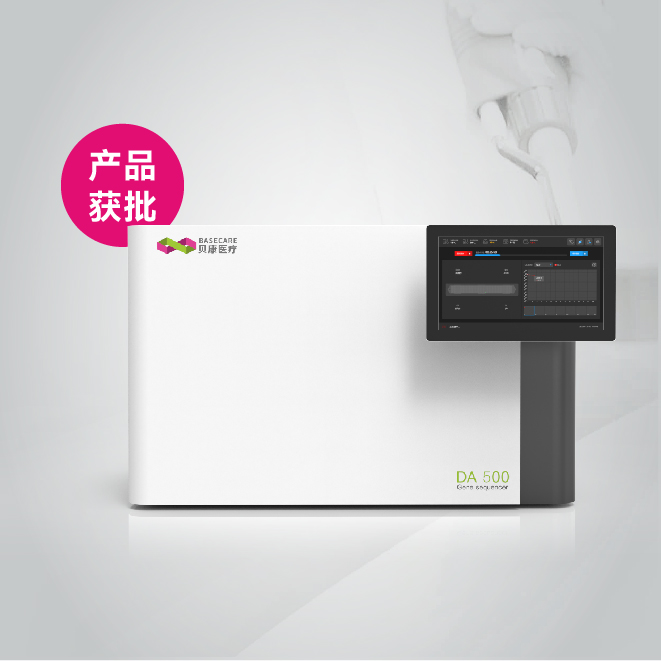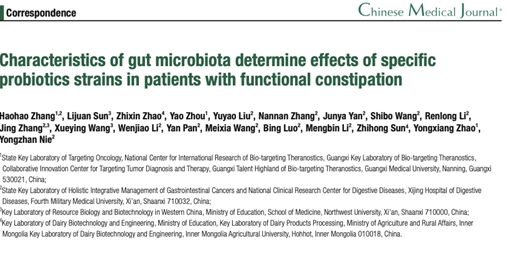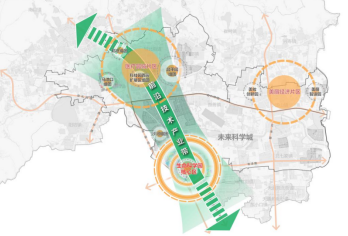RT-PCR can be performed as either a two-step or an one-step procedure. Each has certain advantages:
1. Two-step procedures
A. Two tube, two-step procedure.
In the first tube, first-strand cDNA synthesis is performed under optimal conditions, using either random hexamers, oligo(dT) primers (generating a cDNA pool), or sequence-specific primers. An aliquot of the RT reaction is then transferred to another tube (containing thermostable DNA polymerase, DNA polymerase buffer, and PCR primers) for PCR.
Advantages of this approach: This method is useful for experiments where multiple transcripts have to be analyzed from the same RT reaction or for specific applications such as Differential Display Reverse Transcription (DDRT) or Rapid Amplification of cDNA Ends (RACE). Also, since the RT reaction is performed under optimal conditions, this approach produces the longest RT-PCR products (up to 14 kb in length, if the appropriate enzymes are used).
B. One tube, two-step procedure.
In the first step, reverse transcriptase produces first-strand cDNA in the presence of Mg2+ ions, high concentrations of dNTPs, and either specific or non-specific [oligo(dT)] primers (reaction volume, 20 μl). Following the RT reaction, an optimized PCR buffer (without Mg2+ ions), a thermostable DNA polymerase, and specific primers are added to the tube and PCR is performed. This approach may be useful when template amounts are limited, since the entire RT reaction is used in the subsequent PCR.
Advantages of Two-step RT-PCR Procedure.
A two-step procedure has the following advantages:
Optimizes reaction conditions. The two-step format allows both reverse transcription and PCR to be performed under optimal conditions to ensure efficient and accurate amplification.
Provides flexibility. Two-step procedures allow the product of a single cDNA synthesis reaction to be used for analysis of multiple transcripts. This flexibility is valuable for such specialized applications as rapid amplification of cDNA ends (RACE) and Differential Display Reverse Transcription (DDRT).
Amplifies long sequences. With the right combination of reverse transcriptase and thermostable DNA polymerase, two-step RT-PCR can amplify RNA sequences up to 14 kb long.
2. One tube, one-step procedure (coupled RT-PCR)
Both cDNA synthesis and PCR amplification are performed with the same buffer and site-specific primers, eliminating the need to open the reaction tube between the RT and PCR steps. In addition to the higher sensitivity of this approach (as in the one tube, two-step reaction above), the one-step approach minimizes the chance of contamination, since the entire reaction is performed with minimal pipetting steps and without opening the tube. In addition, this approach permits direct analysis of a specific transcript, since the primers used in both steps are sequence-specific. Finally, the thermoactive reverse transcriptase used in this procedure allow a high RT reaction temperature (50°–72°C), which reduces false priming and increases the specificity of the reaction by eliminating secondary mRNA structure.
Advantages of One-step RT-PCR Procedure.
A one-step procedure has the following advantages:
Minimizes time required. The one-step reaction has fewer pipetting steps than the two-step reaction, significantly reducing the time needed to perform RT-PCR and eliminating pipetting errors.
Reduces the risk of contamination. The entire one-step reaction takes place in a single tube, with no transfers required and no need to open the reaction tube (steps where contamination of the PCR sample can take place).
Improves the sensitivity and specificity of cDNA synthesis. Two characteristics of the one-step reaction provide increased yield and efficiency: (1) the cDNA reaction is performed at a high temperature (to eliminate problems with RNA secondary structure), and (2) the entire cDNA sample is used as template for PCR







